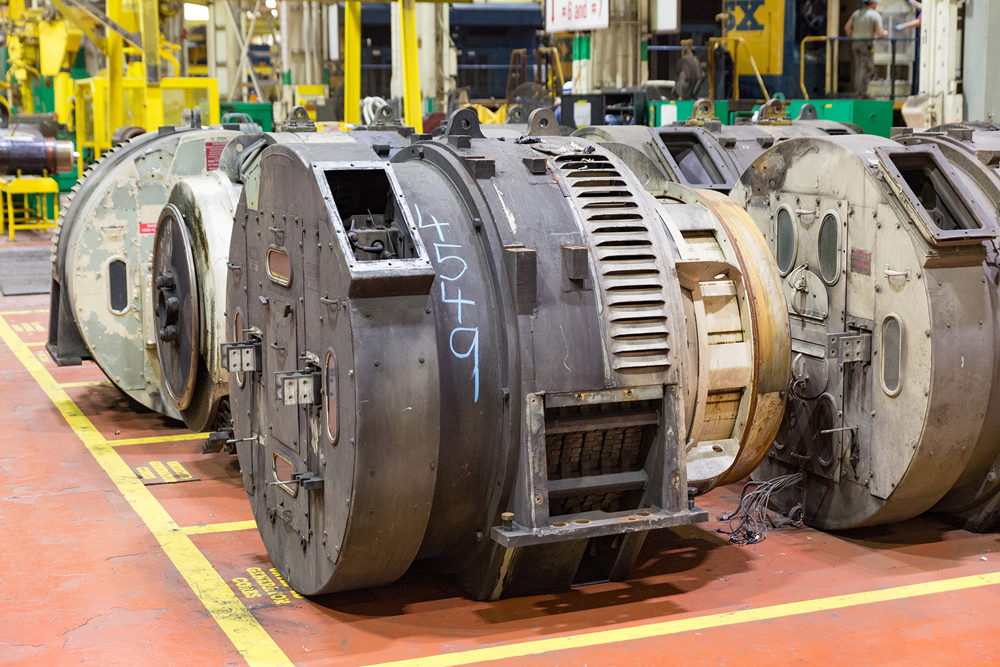
What locomotive generators do is no secret: They produce electricity. Alternators and generators in locomotives convert mechanical energy from the prime mover to electrical energy to pull the train. They are the main device connected to the prime mover. Advances over the years have improved the type and size of alternators and generators, enabling locomotive […]
Read More…

Working mountain Alco locomotives: Nestled in the wide rolling hills on the western edge of New York’s Southern Tier lies the formerly two-railroad town of Olean, N.Y. A quaint, unsuspecting town of 13,000 residents located along the placid Allegheny River was once a railfanning destination, that is — until the formation of Conrail. Dozens of […]
Read More…
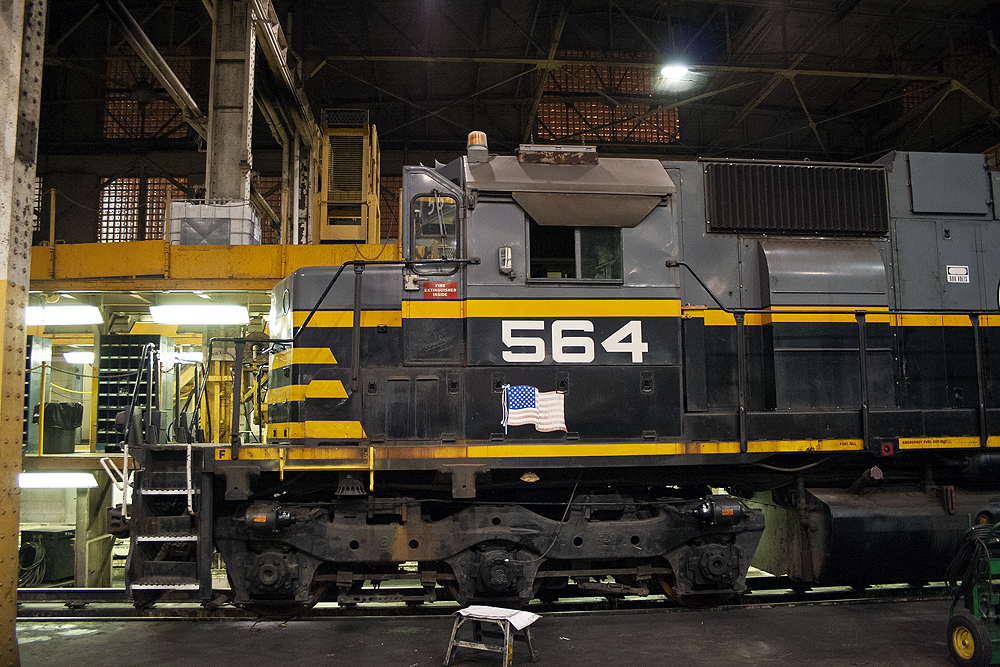
Belt Railway of Chicago locomotives: I recently photographed an ex-Belt Railway of Chiacgo Alco in, of all places, Olean, N.Y., on the Western New York & Pennsylvania. That old Alco and I go back to the mid 1980ss when I first laid eyes on her and a stable of other exotic beasts at BRC’s Clearing […]
Read More…

Cowl locomotives: Six-axle cowl locomotives purchased for freight service have been rostered continuously on Class I railroads since Santa Fe first purchased EMD’s F45 model in 1968. More than a half century later, the industry is down to a single Class I railroad operating this locomotive design, Canadian Pacific. Although cowls have been hauling freight […]
Read More…
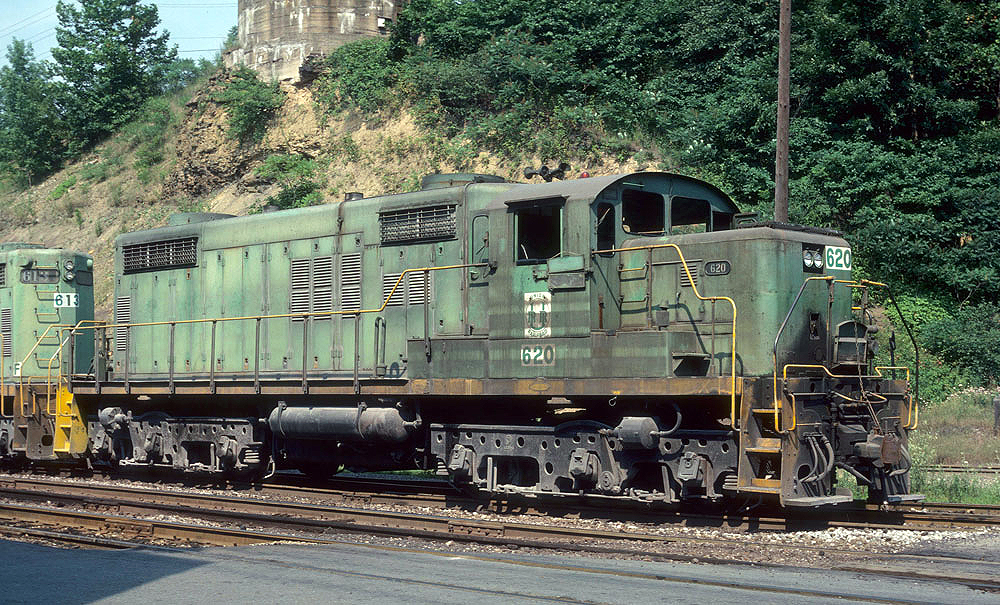
Repowering locomotives is essential for a railroad to meet its needs. This is installment, number three, on our quest to find mishmashed locomotives, which reinforces the notion that railroaders will do anything and everything necessary to keep the daily routine fluid. Sometimes they ask a builder to create what they need, other times they make […]
Read More…
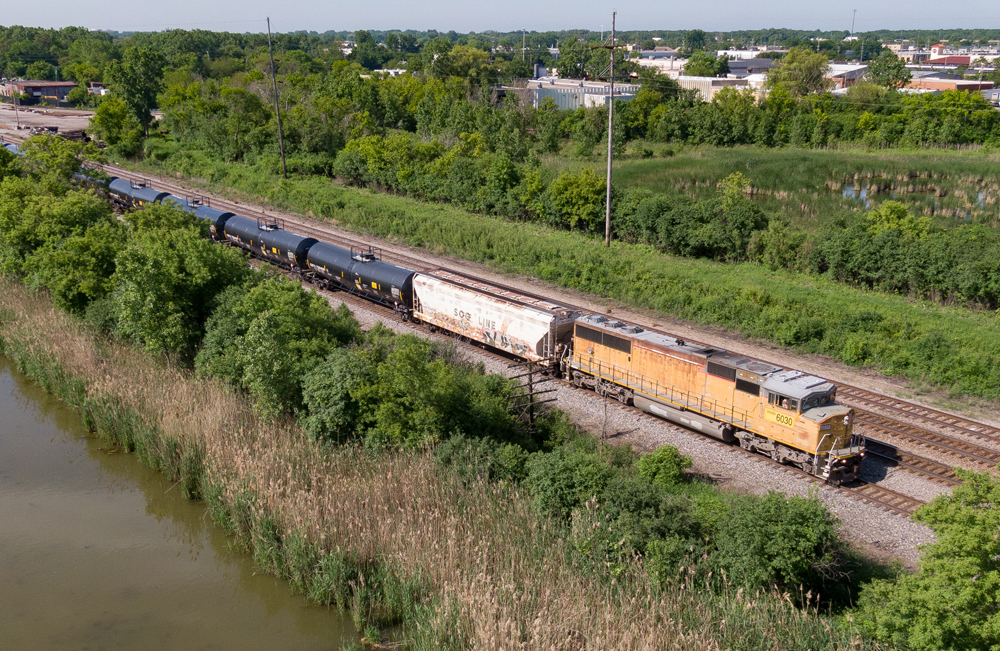
Six axle comfort cabs on shortlines: Comfort cabs took North America by storm in the late 1980s with the introduction of the design on EMDs’ SD60M and GE’s C40-8W. While Canadian operators had been using the design since the early 1970s on both four and six-axle locomotives, it wasn’t until the SD60M and C40-8W arrived […]
Read More…
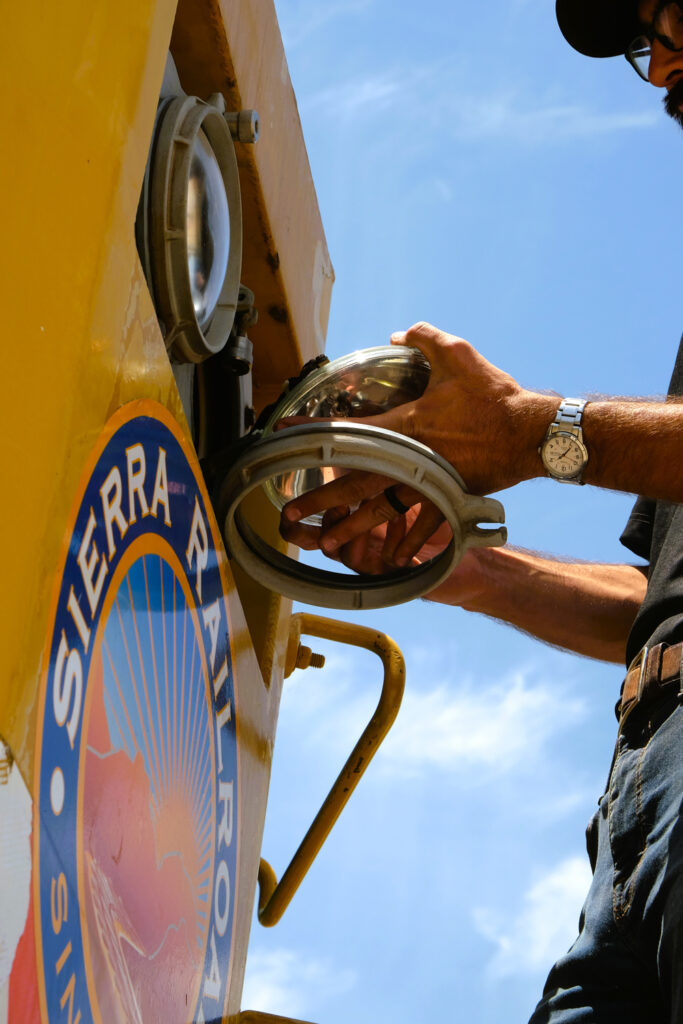
Changing a locomotive headlight: Everything we do on the railroad is guided by FRA standards and practices. According to the portion of federal law that governs railroads – 49 CFR § 229.125 – every lead locomotive used in road service shall illuminate its headlight while the locomotive is in use. If a road unit is […]
Read More…
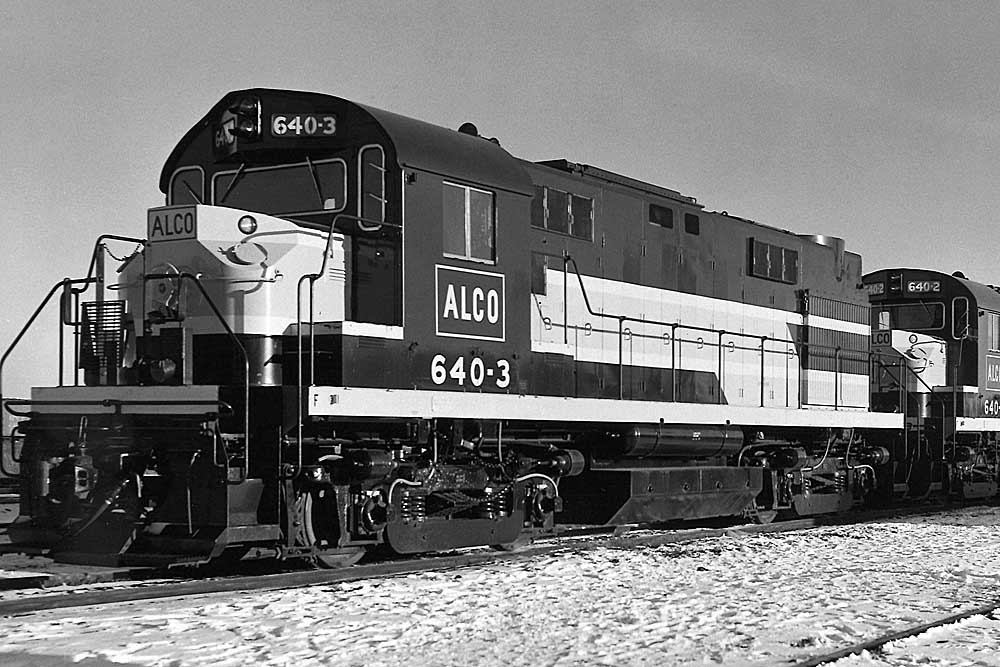
Alco RS27 failure: It’s tough when professional engineers create a decent locomotive that builds on successes, and pitfalls, of the past and still nobody really wants it. That was the Alco RS27, also referred to as the DL640. Its 16-cylinder, 251B prime mover pushed out 2,400 hp. Coincidentally, only 27 were built between December 1959 […]
Read More…
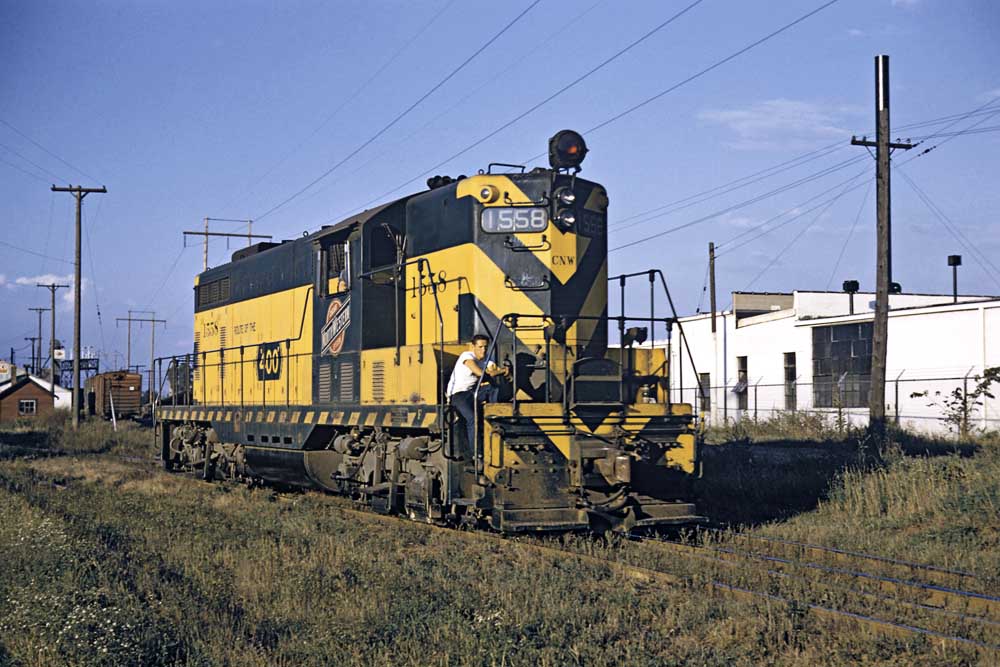
Electro-Motive history: Steam was king, its supremacy uncontested, in 1922 when Harold L. Hamilton and associates rented office space at 17th and Euclid in Cleveland, Ohio, for their fledgling Electro-Motive Engineering Co. Established to design, market, and maintain gas-electric railcars for light-density passenger service, the modest enterprise could hardly be considered a threat to […]
Read More…

Q: Why do Vanderbilt tenders have round tanks? It seems to me that with the same principal dimensions, a Vanderbilt tender would contain less water than a rectangular tank. – Chuck Moore A: The answer is hydrodynamics. Vanderbilt tenders have round tanks because they have to hold a lot of water. The radial bands of […]
Read More…
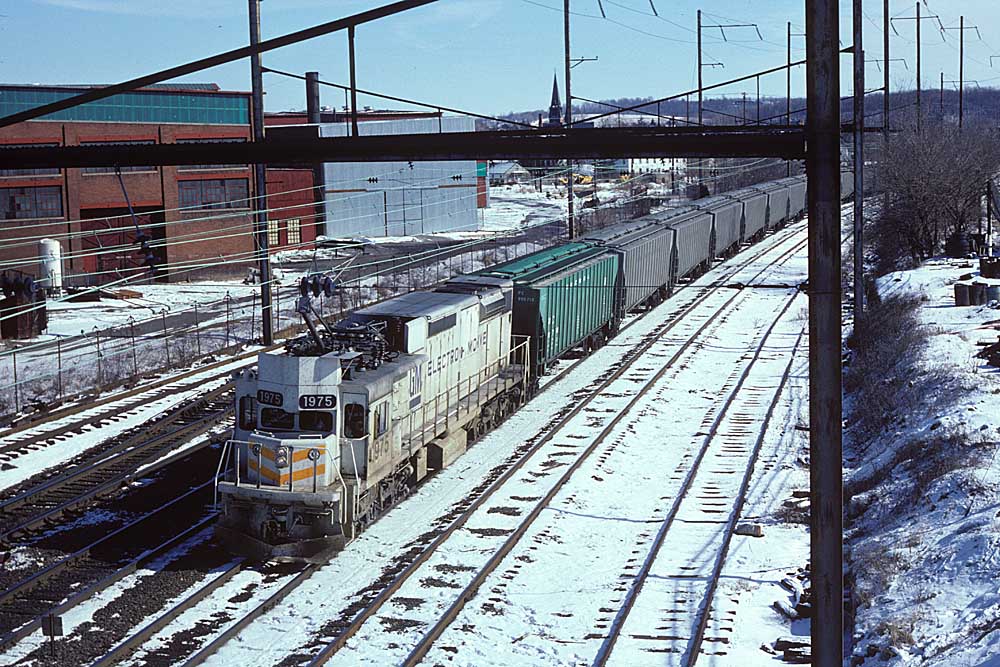
Nearly five decades have passed since General Motors debuted two new EMD electric freight locomotives. There were two models: the 6,000-hp GM6C, which operated on two six-wheel trucks, and the 10,000-horsepower GM10B, which operated on three four-wheel trucks. The GM6C began testing in 1975, the GM10B in 1976. The only practical choice for evaluation at […]
Read More…
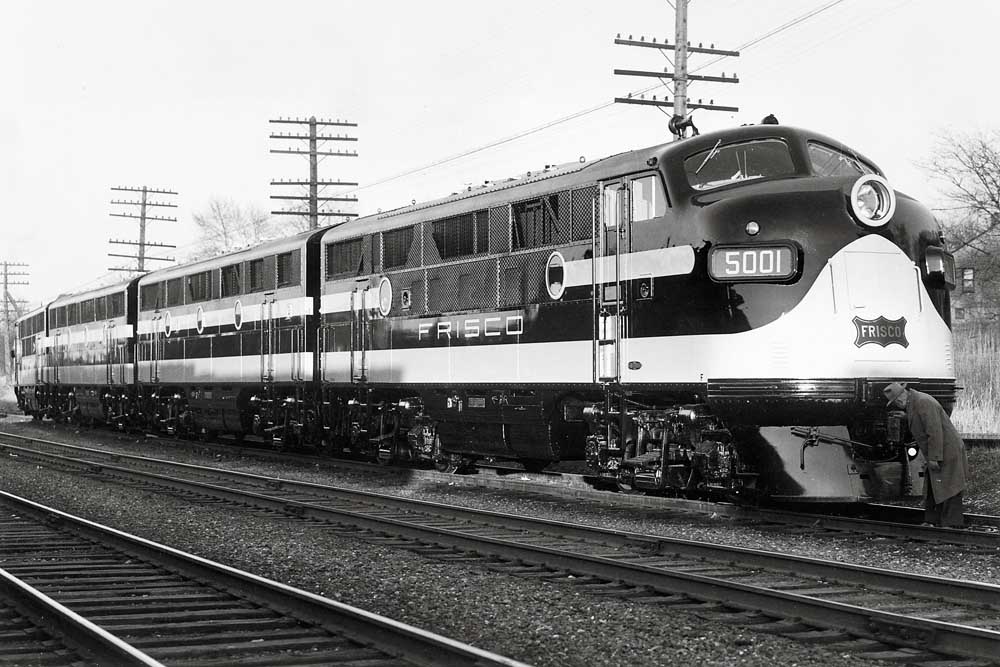
Frisco steam to diesel transition: The mid-20th century was a time of great change for U.S. railroads. They were in the midst of a great steam to diesel transition that would revolutionize the industry for generations to come. An example of how the diesel changed part of one railroad may be found on the rolling […]
Read More…












